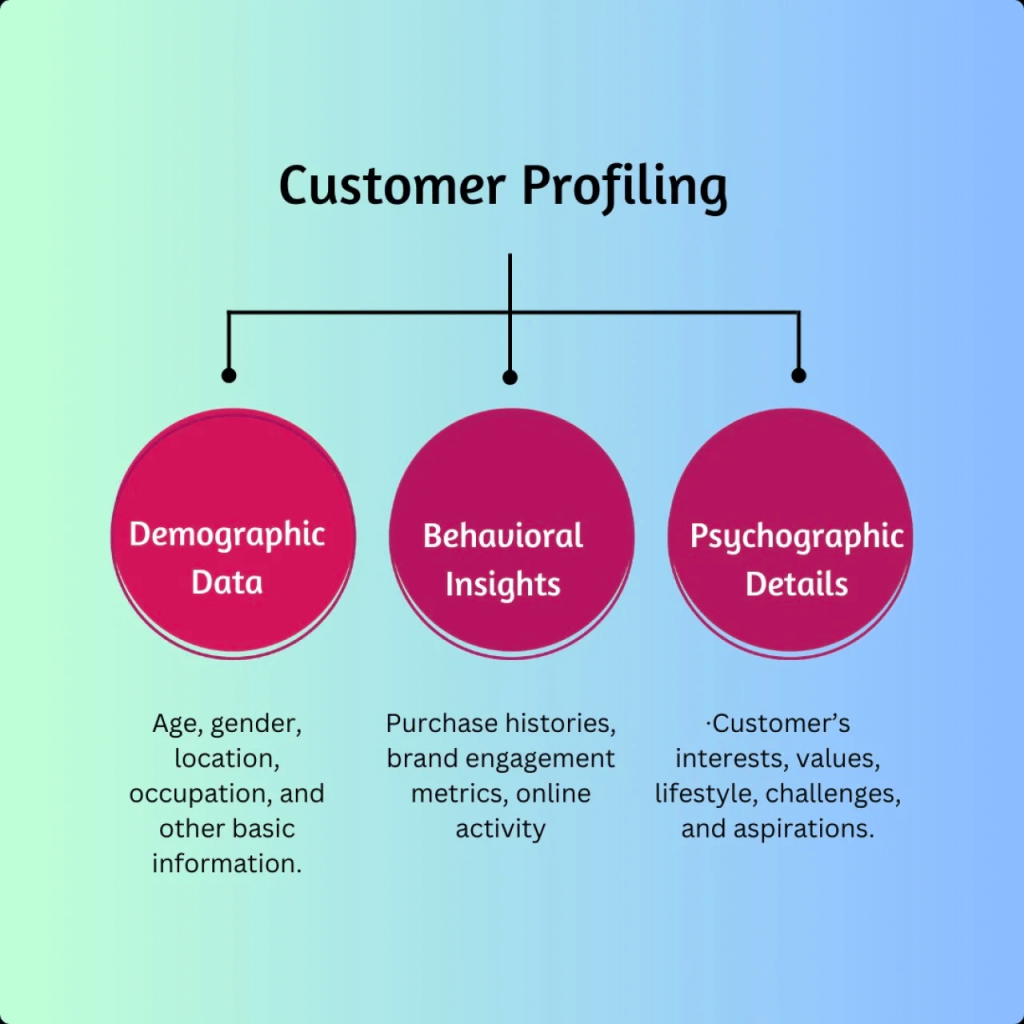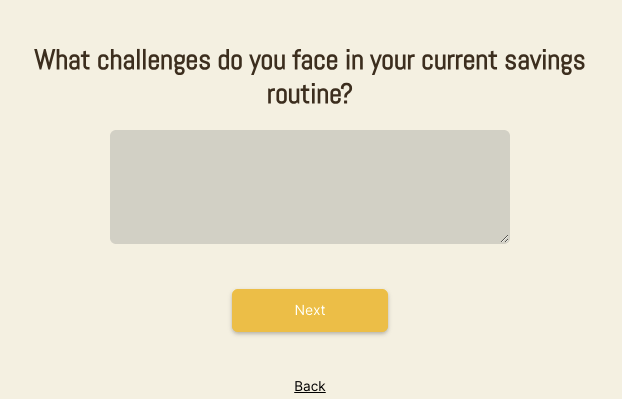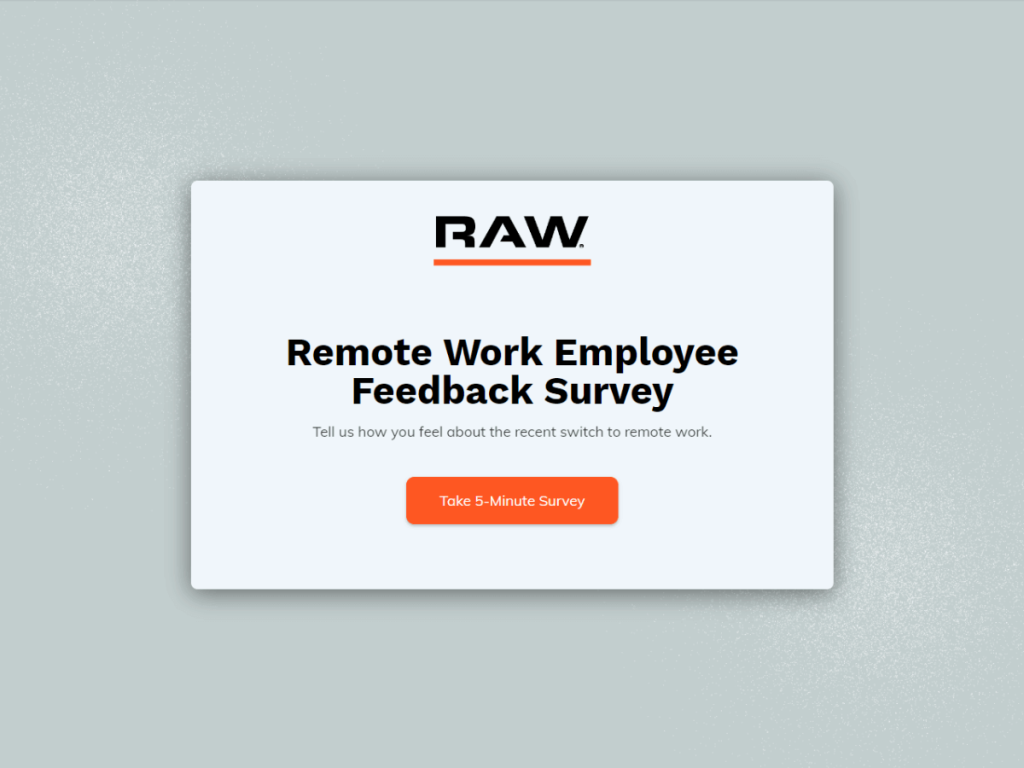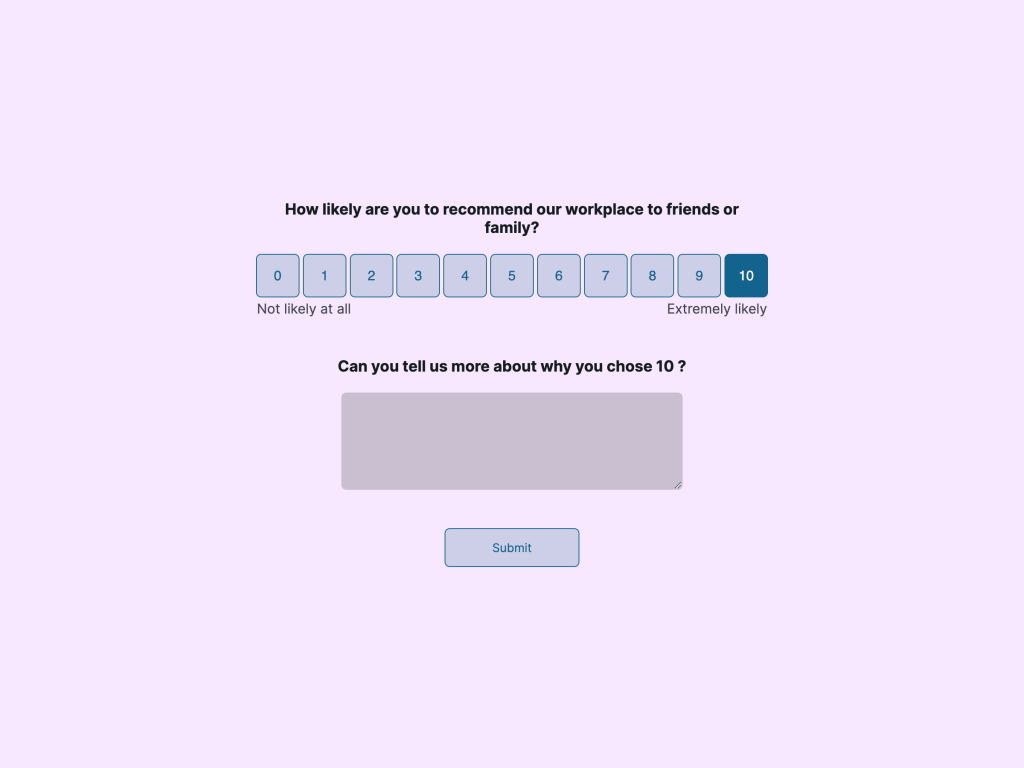To stay ahead of your competitors you need to ensure that you make informed decisions when it comes to your business.
For that you need a well-structured market research survey. This is essential for any new product or service you launch in the market or even when you strategize on how to run the show.
Such surveys can help you explore different market trends and help you understand your customer preferences better.
In this blog post, we'll explore the essential steps to structure a market research survey that delivers reliable and actionable data. So let’s get started.
1. Define Your Objectives Clearly
The first thing you need to do when starting a market research survey is to understand and define your objectives clearly.
So start by articulating the primary objectives of your market research survey. In doing so, have a clear idea about what specific information you are seeking. Do you want to understand customer satisfaction, gauge market demands, or explore pricing preferences? By having clarity on your goals, you can easily design a successful market research survey for your business.
2. Identify Your Target Audience
Understanding your audience is crucial for achieving success in anything you do related to your business.
To identify your target audience, you need to define the demographic characteristics of the group you want to survey. This includes their age, gender, location, and occupation.

Tailor your questions to resonate with the interests and needs of your target audience. By doing that, you can ensure that the collected data is relevant and insightful.
3. Craft a Mix of Question Types
Running a successful market survey research means gathering diverse data. By collecting such diverse data, you gain proper insight into market trends and customer preferences.
Include different types of questions like:
multiple choice questions;
scales for measuring attitudes;
open-ended questions for qualitative insights;
demographic questions to characterize your respondents.

The mix ensures a comprehensive understanding of the subject matter and makes your research more insightful.
4. Start With Easy and Non-Threatening Questions
People generally don’t like surveys with complicated and long questions. If you want to attract more participants for your survey, you need to keep your questions easy and straightforward
So begin your survey with straightforward and non-threatening questions. This helps ease respondents into the survey and encourages more participation.

Also, starting with familiar topics builds confidence and sets a positive tone for the rest of the questionnaire.
5. Progress from General to Specific
Although people love answering easy and simple questions, sometimes it’s important to ask specific questions to make your research more in-depth. However, adding these questions right in the beginning can annoy them.
So structure your survey in a logical flow, progressing from general questions to more specific ones. This natural progression makes it easier for respondents to follow the survey more efficiently. It also prevents them from feeling overwhelmed by answering complex queries at the outset.
6. Keep It Clear and Concise
When you’re running a market survey, obtaining accurate responses is extremely important. And for that to happen you have to be clear with your queries. Ensure that each question is clear, concise, and free from jargon.
Ambiguous or convoluted questions can lead to misunderstandings and unreliable data. You don’t want that to happen. So consider the respondent's perspective and make sure that each question serves a distinct purpose.
7. Avoid Leading Questions
Many surveys become unsuccessful because they attract biased responses. To avoid such biased answers you need to avoid leading questions and craft your questions neutrally. Leading questions are those questions that prompt predetermined answers. Objectivity is crucial for obtaining unbiased and reliable data.
If you're exploring opinions or experiences, balance the framing of questions by including both positive and negative aspects. This ensures that respondents have the opportunity to express a range of sentiments.
You should also consider breaking down complex questions into single, clear inquiries. Doing this helps avoid confusion and biased responses.
It’s also very important to maintain a balanced approach when framing questions. Include both positive and negative inquiries to avoid skewing results. This ensures a more nuanced understanding of respondents' opinions and experiences.
8. Test Your Survey
Before deploying your survey on a large scale, conduct a pilot test with a small group of participants. This helps identify any ambiguities, confusion, or issues with question phrasing. Use feedback from the test to refine and optimize your survey for broader deployment.
9. Provide an Incentive
To boost participation rates, consider offering incentives to survey respondents. This can motivate people to participate in the survey and provide thoughtful and accurate answers.
You don’t need to offer something super expensive. It can be a small discount, a chance to win a prize, or access to exclusive content. People love gifts, and offering one can be a great way to attract more responses.
Look how this business did it:

10. Analyze and Interpret Results Methodically
Once the data is collected, approach the analysis methodically. Use your responses to identify patterns, correlations, and trends in the market. Present your survey results in order to facilitate easy interpretation and analysis of your data.
You should also consider cross-tabulating your responses based on demographic variables. This can help you uncover deeper insights. Interpret the findings in the context of your initial objectives to derive actionable insights.
Create Your Market Research Survey with involve.me
Grab these pre-designed templates to create your own market research survey. All templates are highly customizable, you can add your own questions, logic, brand colors, and more.
Market Research Survey
Get this template here.
Market Research Survey for Software
Get this template here.
Conclusion
Structuring a comprehensive market research survey is a strategic process that involves careful planning, thoughtful question design, and a clear understanding of your objectives.
This might sound like a complex and challenging approach, but with the right strategy, everything can be done efficiently. By following these steps, you can create a survey that not only collects meaningful data but also provides a roadmap for making informed business decisions.
Haven't found the right template for market research?
Create a survey from scratch or browse through our template library.












